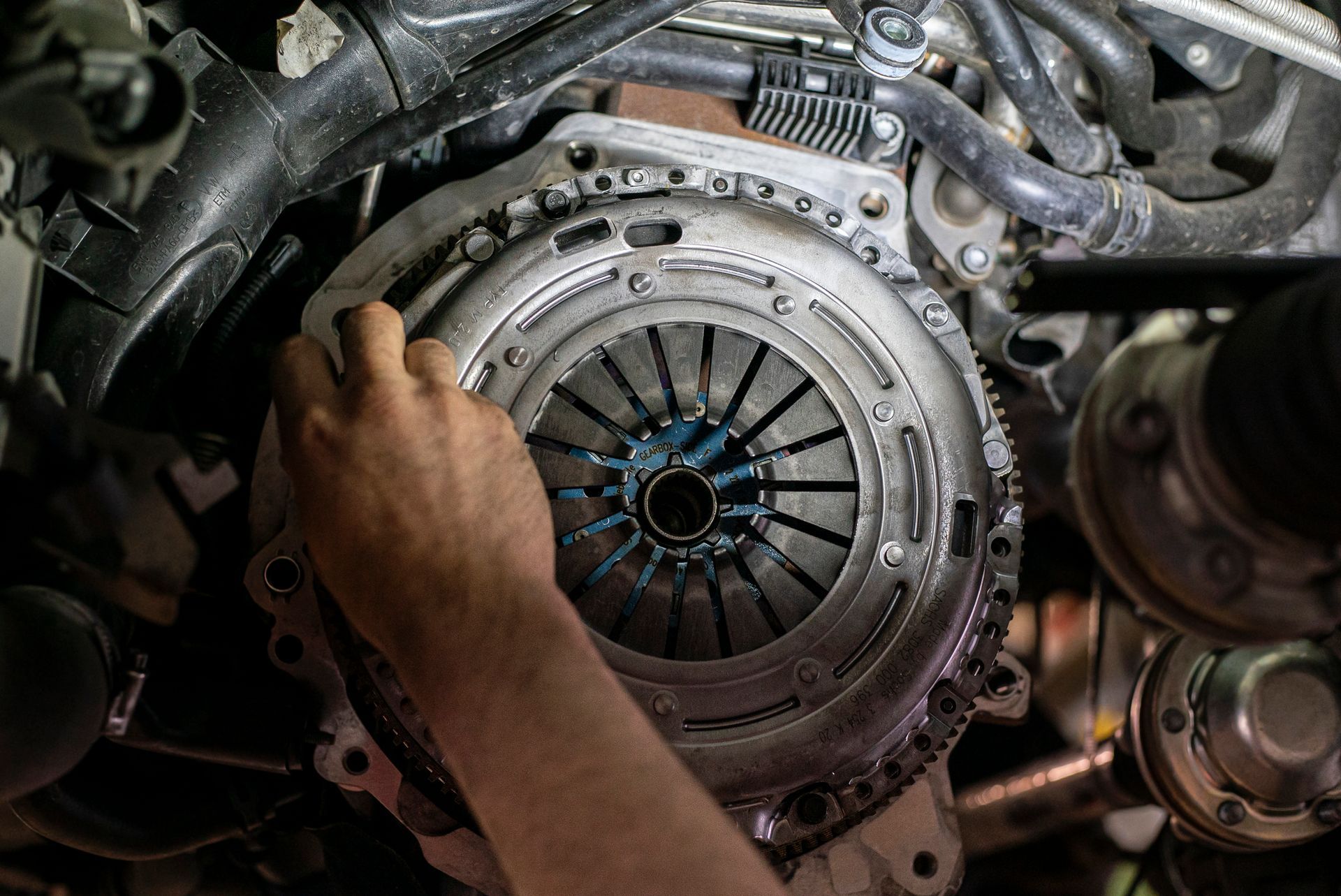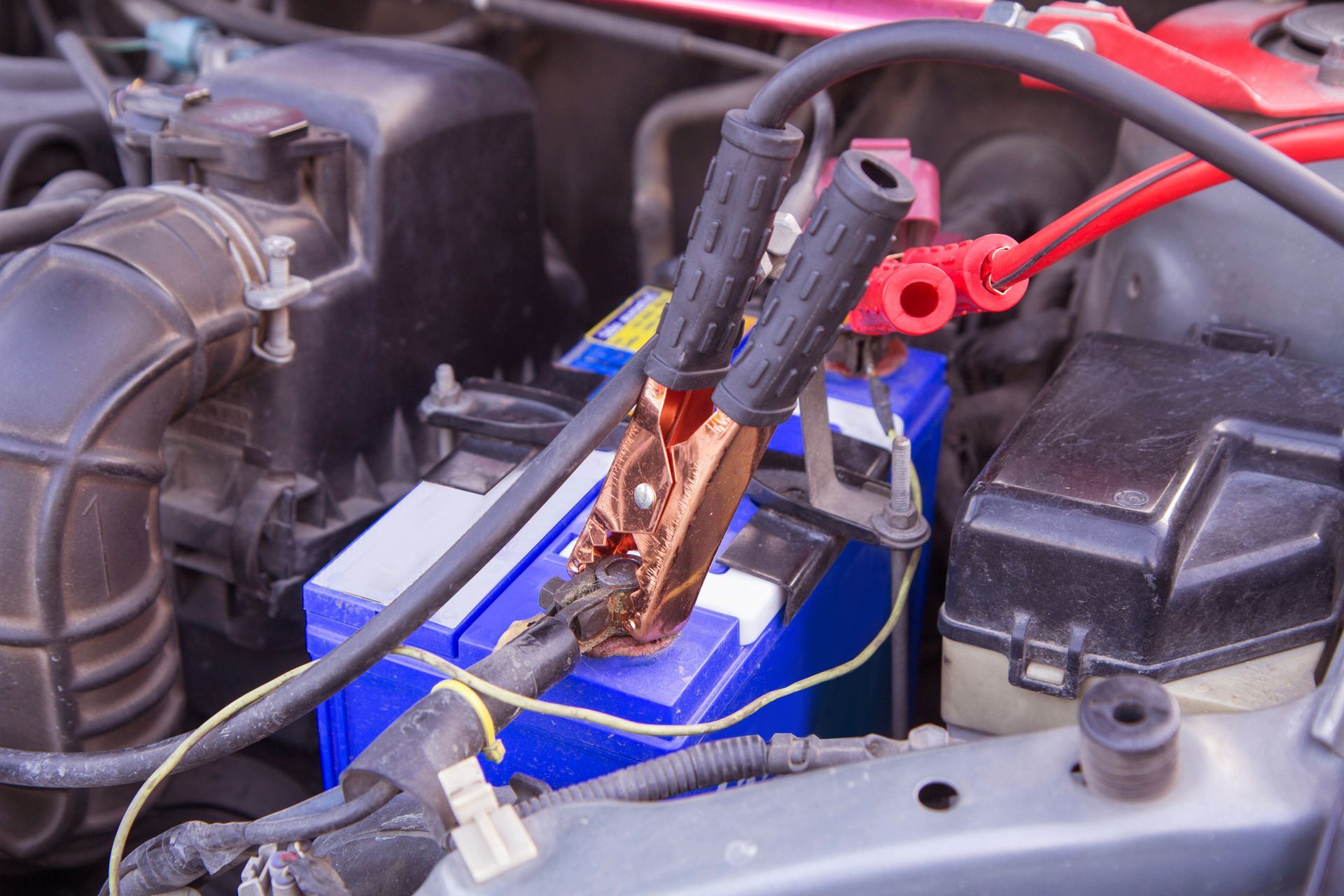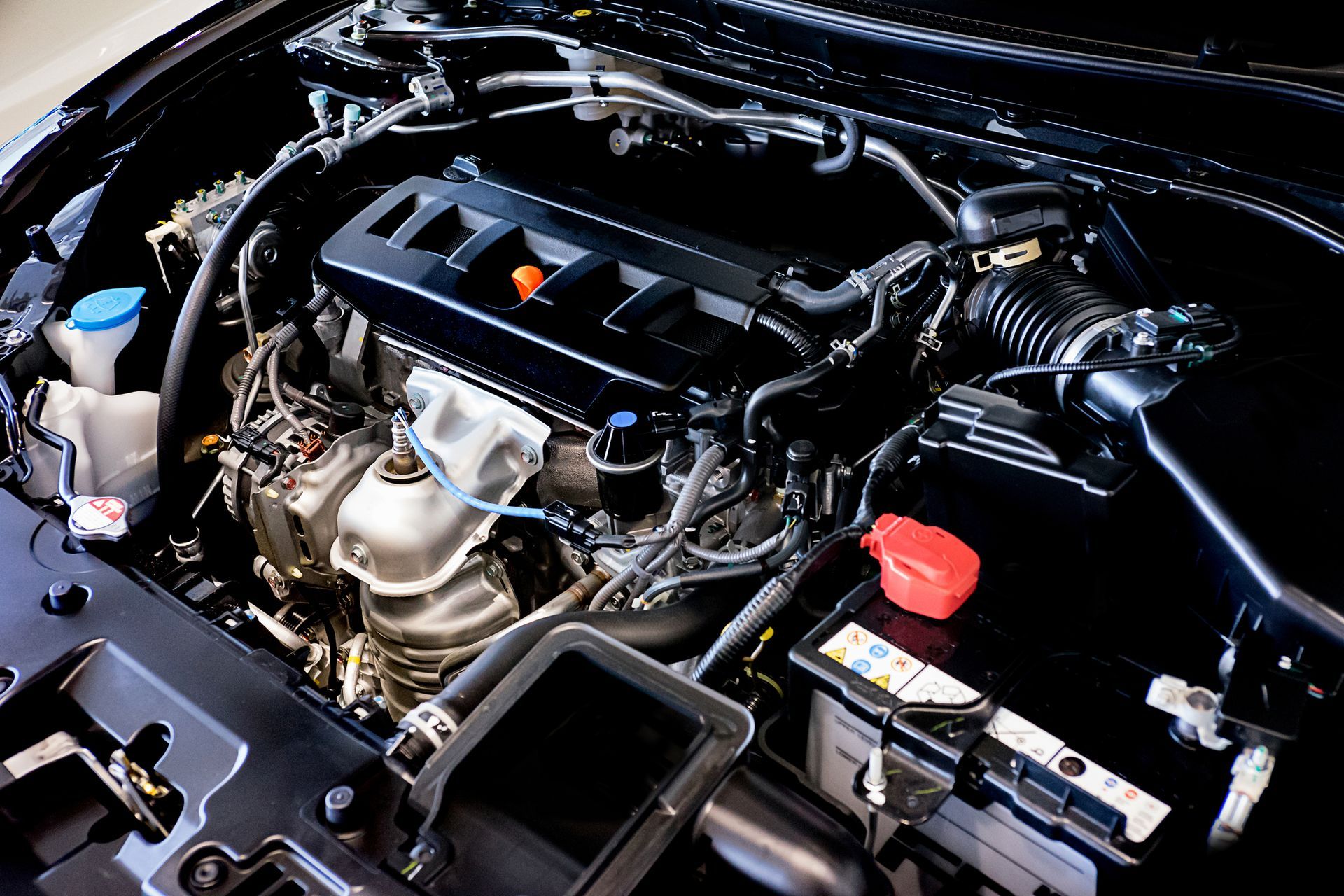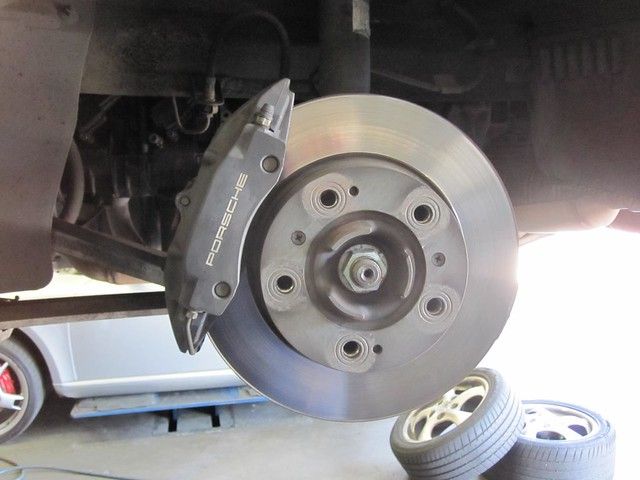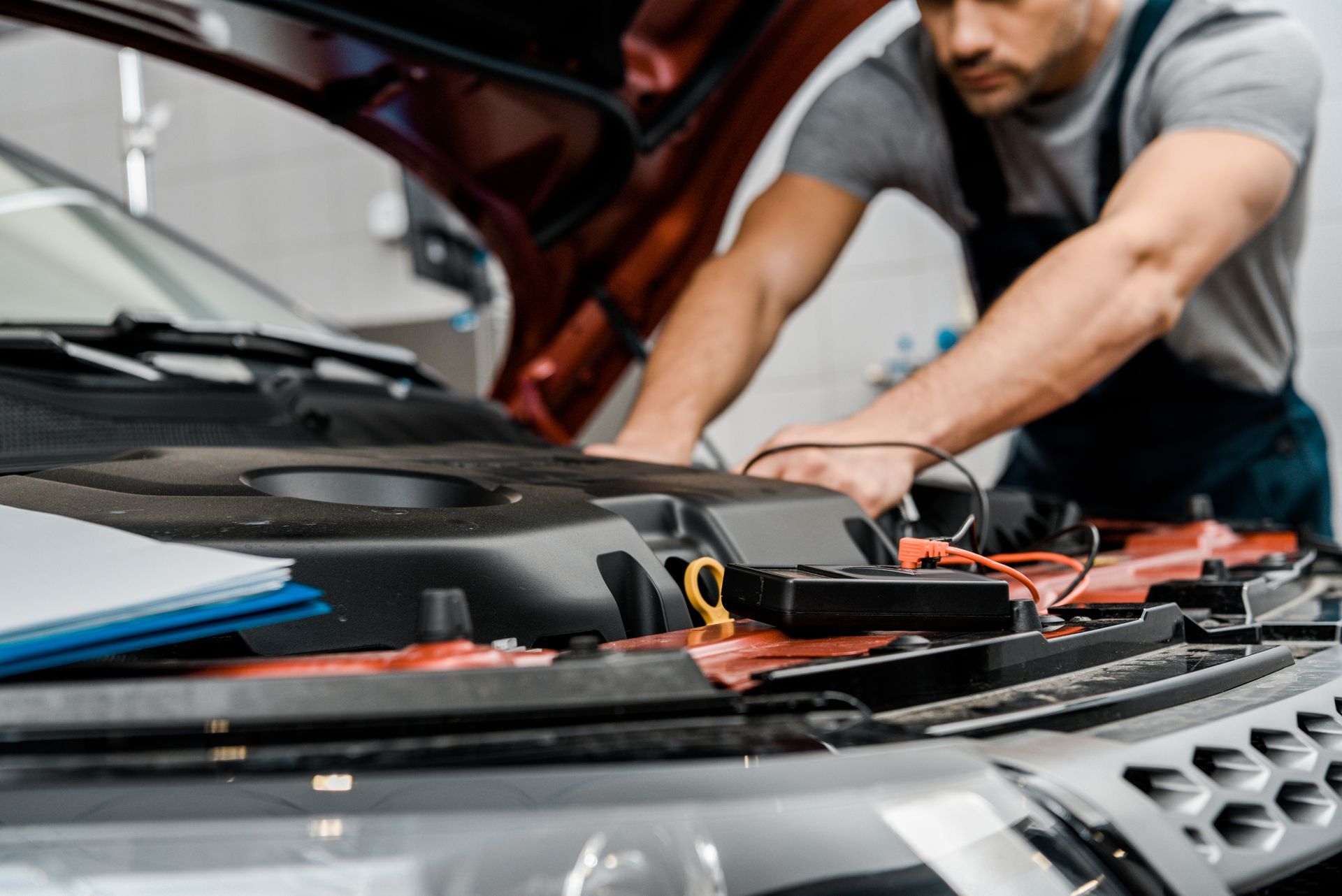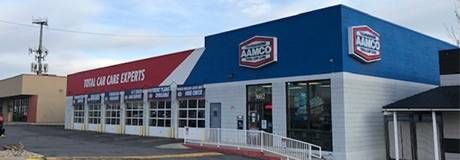Full Guide for Transmission Slipping
A healthy transmission is key to your car’s performance. When problems with your car start up while you’re driving, it’s smart to pay attention. One common transmission problem you may run into is transmission slipping. When caught early, it may be simple to fix. But if left ignored for too long, it can lead to serious transmission repairs. Visit your local AAMCO Utah mechanics and we’ll help ensure your transmission runs smoothly again.
What is Transmission Slipping?
Ultimately, transmission slipping is when your car’s transmission can’t properly stay in gear, leading it to slip out of gear while you’re driving. It may slip into neutral, up a gear, or down a gear. This can range from an inconvenience to a real safety hazard and will continue to gradually get worse with time. It may impact one gear in particular or it could happen with several gears, depending on what car problem is causing your transmission to slip.
How Can You Tell Your Transmission Is Slipping?
If your transmission is slipping, it can show up in a number of ways. Pay attention to any signs of change in your car’s transmission, but there are a few symptoms in particular that can signal your transmission is slipping and you may be due for a transmission service.
Your Car Doesn’t Have the Same Acceleration Power it Used To
In order to get full power during acceleration, your car’s transmission needs to be able to stay in gear. If you notice your car jerking or hesitating while accelerating, it may mean your transmission is slipping. This is essentially because your car’s transmission is slipping out of the proper gear and into either neutral or up a gear, causing it to suddenly lose some or all of its power.
Do you Notice Loud Engine Revving or High RPMs?
On the other hand, you may notice your car suddenly revving more than it should or running at higher RPMs while driving. Similar to feeling hesitation while driving, this is a sign that your car’s transmission may be slipping down a gear, meaning more power but less speed. This may feel a little less alarming than if your car hesitates while accelerating, but it can point to a similar problem.
Difficulty Shifting Gears or Delayed Engagement
Finally, related symptoms can also show up as trouble shifting gears or delays with gears engaging when you shift. While these signs don’t directly point to a slipping transmission, they do point to trouble shifting into and potentially staying in gear. Any problems with your car’s gears should be handled as soon as possible since they’ll continue to get gradually worse with time.
What to Do if Your Transmission is Slipping
You’ve figured out you’re dealing with a slipping transmission – what’s next? The solution to your slipping transmission may be simple or, especially if left ignored for too long, may become a much more serious transmission repair. There are a couple of key next steps if you notice signs of a slipping transmission.
Check Your Transmission Fluid
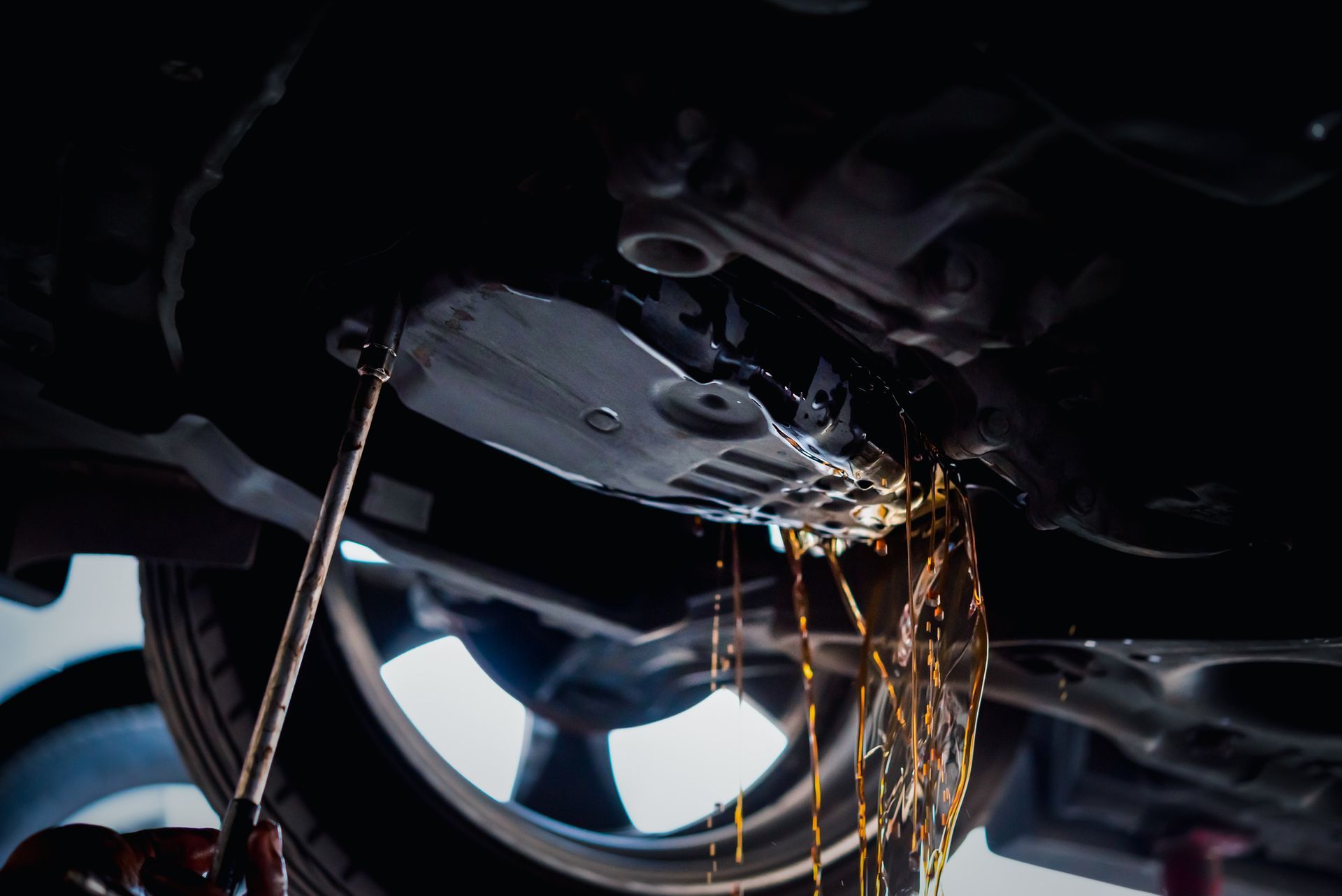
If you want to check on your car’s transmission at home before heading to a mechanic, pop the hood and take a look at the transmission fluid. Low or overly dirty transmission fluid can cause a number of problems with your transmission, including transmission slipping. Many modern transmissions have a dipstick to check the level and condition of your car’s transmission fluid. If you notice yours is low or dirty, you can try topping it off yourself, but it’s ultimately best to have a mechanic inspect your car’s transmission and carry out any transmission services necessary.
Schedule a Transmission Service at a Trusted Transmission Shop
Whether or not you want to check your car’s transmission fluid at home, the best course of action is to have a trusted mechanic inspect your vehicle for any necessary repairs or services. While you may just need a simple maintenance service, a mechanic will be able to inspect your car’s transmission and related systems to ensure they’re all running smoothly and no other services are necessary to get your car running smoothly and keep it that way.
What Transmission Service Might You Need to Fix a Slipping Transmission?
Depending on what’s causing your transmission to slip, you may need different transmission services or repairs. The best way to ensure your transmission is well taken care of is to bring your car to a trusted mechanic, though they’re likely to come back with one of these couple recommendations.
Transmission Fluid Replacement
One of the most common causes of a slipping transmission is low, dirty, or old transmission fluid. When caught early enough, getting back to a healthy transmission may be as simple as scheduling a transmission fluid replacement service. During this transmission service, your mechanic will drain the old transmission fluid and replace it with fresh fluid. Often, this will solve a slipping transmission problem.
Transmission Repair or Replacement
On the other hand, your mechanic may come back after inspecting your transmission and recommend another transmission repair. If parts in your transmission have failed or are damaged, they’ll need to be replaced before your transmission will run smoothly again. In the most severe cases, a transmission replacement may be necessary, if several parts have been damaged.
For the Best Transmission Repair in Utah, Visit Your Local AAMCO
When your transmission acts up, you can trust the mechanics at your local AAMCO Utah auto shop to help, no matter what your transmission needs. You’ll be back on the road in no time after one of our transmission repairs or maintenance services. Give us a call today to discuss how we can help you and your vehicle – or easily schedule an appointment with us online.
The post Full Guide for Transmission Slipping first appeared on AAMCO Utah Transmission Repair and General Car Repair.
Share
